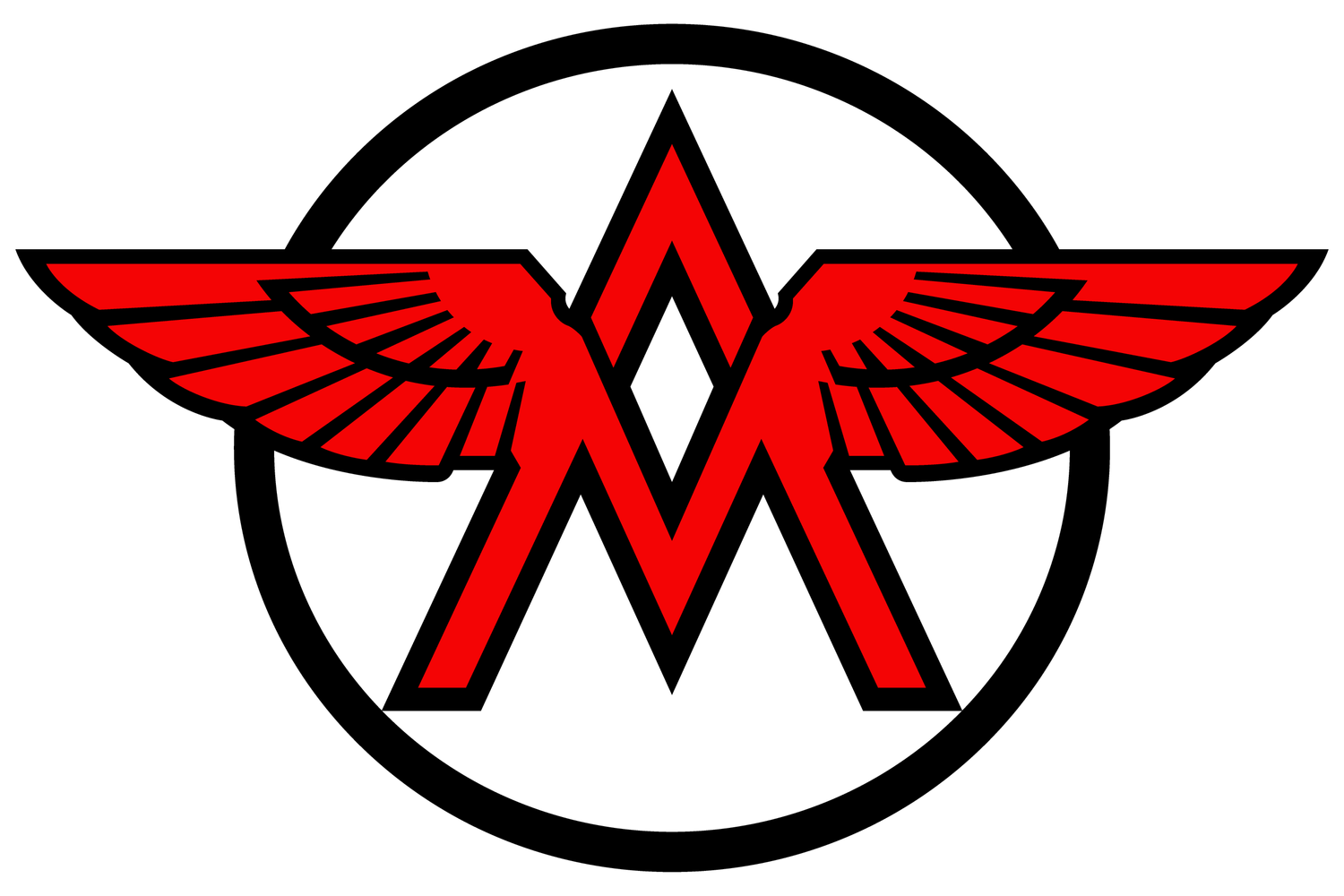By 1919 the world had finally come out of the desolate haze created by the first World War and in America, motorcycle racing experienced an energized rebirth. Though the once countless manufacturers of American motorcycles had atrophied to a small handful, those who had faired well on the track before the war were now the dominant brands. Indian and Excelsior were early powerhouses in the arena of racing, but they were now joined by a sturdy and hungry Harley-Davidson. The machines became engineered for speed, Big Valve Excelsiors, Keystone framed Harleys and Indians, and new power plants like Indian's Powerplus and Harley's 8-valves made the spectacle of racing even more intoxicating. The exhilarating circular motordrome board tracks had almost all been abandoned before the war and races now took place on dirt road courses, or the handful of large board track speedways. The FAM (Federation of American Motorcyclists) who had helped give birth to organized motorcycle racing in this country had diminished and was replaced by a new sanctioning body, the M&ATA (Motorcycle & Allied Trade Association) who would eventually turn into the modern AMA (American Motorcycle Association). A lot of early board track stars who had transitioned from cycle racing had sadly either died or retired, but a new breed of professional had been mentored and took to the sport just as vigorously. Factory teams busted at the seams with talent and they all came out for the September race in Marion. Otto Walker, Joe Wolters, Shrimp Burns, Bob Perry, Leslie Parkhurst, Teddy Carroll, Ray Weishaar, and Maldwyn Jones were just a few of the now legendary men who took to the 5.17 mile Indiana road course that day. Leslie "Red" Parkhurst, a longtime key player on the Harley team took the checkered flag in Marion, followed by his teammates Ralph Hepburn and Otto Walker to close out the podium for the Milwaukee factory. While you watch notice how big everyone's smile seems to be, this was our revival.

